Seosan Munsusa Temple (문수사(서산))
7.6Km 2020-01-16
201, Munsugol-gil, Seosan-si, Chungcheongnam-do
+82-41-663-3925
The exact founding date of Munsusa Temple is unknown because there are no official records that have been discovered. The temple is estimated to date back to the Goryeo dynasty due to a prayer found in 1973 at the Gilt-bronze Seated Buddha in the temple’s Geungnaksiljeon Hall dated 1346. Around 600 items were discovered along with the prayer, including unbleached ramie cloth, a short-sleeved gown, rice, and barley. Munsunsa has the tranquil atmosphere of a mountain temple. When spring arrives, cherry blossom flowers and wild flowers bloom across the mountain and the nearby cattle farm call to mind a traditional Korean painting.
Munsusa Temple's Geungnaksiljeon Hall is a beautiful building constructed in the Jusimpo style (the column brackets placed only on top of the columns) combined with Dapo style (the column brackets placed between columns as well as on top of the columns). It is designated as Chungcheongnam-do Tangible Cultural Property No. 13. Inside the gorgeously and majestically carved hall are many relics including Gilt-bronze Seated Buddha, Samsebulsang statues (statues of Buddhas of Three Times (past, present and future)), Nahansang statues (statues of disciples of Buddha), and various portraits of Buddha.
The Gilt-bronze Seated Buddha (x_height: 70cm, length between knees: 50cm) was created in 1346. It is a fine example of late Goryo dynasty style Buddha statue along with Gilt-bronze Seated Bhaisajyaguru Buddha of Janggoksa Temple (Treasure No.337).
CU - Seosaneupnae Village Branch [Tax Refund Shop] (cu서산읍내빌리지점)
7.7Km 2024-06-27
36, Yangyujeong 1-ro, Seosan-si, Chungcheongnam-do
-
Lotte Himart - Seosan Lotte Mart Branch [Tax Refund Shop] (롯데하이마트 서산롯데마트점)
8.0Km 2024-04-19
27, Chungui-ro, Seosan-si, Chungcheongnam-do
-
Lotte Mart - Seosan Branch [Tax Refund Shop] (롯데마트 서산점 [사후면세점])
8.0Km 2024-04-22
6 lots, 27, Chungui-ro, Seosan-si, Chungcheongnam-do
-
Yonghyeon National Recreational Forest (국립 용현자연휴양림)
8.0Km 2020-08-26
339, Maaesamjonbul-gil, Seosan-si, Chungcheongnam-do
+82-41-664-1978
Yonghyeon National Recreational Forest is situated in the heart of Yonghyeon Valley between the ridges of Gayasan Mountain around Seongmunbong Peak (alt. 678 m). The forest boasts splendid natural landscape. A hiking trail and loop trail through the forest are established along the ridges of the mountain and connect to the road leading to Seosan Farm, so hiking and walking are convenient and one can get a great view of the Yellow Sea in the distance. The valley waters are particularly clean and clear, and the forest features dense groves of oak trees. There are group accommodation facilities and forest education classes. For an educational and cultural excursion, visitors can also learn about the later Baekje period in a nearby education facility.
Seosan Chrysanthemum Festival (서산국화축제)
8.1Km 2022-12-21
320-1, Gobuk 1-ro, Seosan-si, Chungcheongnam-do
• 1330 Travel Hotline: +82-2-1330 (Korean, English, Japanese, Chinese) • For more info: +82-41-660-3935
Seosan Chrysanthemum Festival takes place in October at the area of Gobuk-myeon, Gagu-ri in Seosan, Chungcheongnam-do. This festival offers chrysanthemum exhibitions inside of an apple orchard, featuring various colors of chrysanthemum in full bloom as well as a mountain of apples, photo zone, and other events to fill the festival grounds with the scent of autumn.
Rock-carved Buddha Triad in Yonghyeon-ri, Seosan (서산 용현리 마애여래삼존상)
8.5Km 2020-03-27
65-13, Maaesamjonbul-gil, Seosan-si, Chungcheongnam-do
+82-41-660-2538
Seosan Maaesamjonbul (Rock-Carved Buddha Triad) is carved into a huge rock
cliff at the entrance to Bowonsa Temple at Gayasan Mountain. The Rock-Carved
Buddha was discovered in 1958, and is considered the oldest and one of the most
outstanding Buddha rock carvings in Korea.
Standing Buddha stands in
the center, the cross-legged Buddha is to the right, and Standing Bodhisattva
is on the left. The main Buddha, Yearaeipsang (Standing Buddha) is 2.8m high.
All sculptures carved in the middle of Baekje (6th century) are called
"Baekje's Smile," named for their trademark bright smiles. The appearance
of the smile changes depending on the direction of the sunlight, so these statues
were designated as National Treasure No. 84. The best time to see the smile
is from 9-11 a.m.
The location, an important site along a key transportation
route from China to Baekje, is on the way to Buyeo from the Taean peninsula.
The masterful work represents the active interchange of culture with China during
that time period.
Seosan Seogwangsa Temple (서광사(서산))
8.6Km 2021-09-10
44, Buchunsan 1-ro, Seosan-si, Chungcheongnam-do
+82-41-664-2002
Seongwangsa Temple is located in the quiet downtown area of Eupnae-dong, Seosan in Chungcheongnam-do. Its convenient location makes it easily accessible from almost anywhere in town.
The temple was built by Great Monk Daegyeong in 928 in the late Silla period and the scholar Choi Chiwon came here to study while he was serving as the governor of Buseong-gun (currently Seosan) in 893. Originally, the temple was called Samseonam, or Three Hermitages, for there had been three hermitages in the upper, middle, and lower part of Buchunsan Mountain. During the late Joseon dynasty, the hermitages in the upper and middle part were closed and only the one at the bottom survived. In 1987, the name was changed to Seogwangsa Temple.
Seosan Gayasan Mountain (가야산(서산))
9.0Km 2022-11-17
Sansu-ri, Seosan-si, Chuncheongnam-do
+82-41-662-2113
Gayasan Mountain has easy and enjoyable hiking trails connecting Gayabong Peak, the main peak, with other peaks and mountains, namely Wonhyobong Peak (677 m), Ogyangbong Peak (621.4 m), Illaksan Mountain (521.4 m), Sujeongbong Peak (453 m), and Sangwangsan Mountain (307.2 m). The trails are as easy and suitable for all hikers including the elderly and young hikers. A distant view of the west sea is even visible from the top of the mountain. Gayasan Mountain offers amazing scenery all year round, most notably in spring when azaleas, royal azaleas, and an array of wildflowers are in full bloom.
The mountain also contains the Seosan Rock-carved Buddha Triad (National Treasure), which is considered the best rock-carved Buddha from the Baekje period. The mountain is also home to Bowonsa Temple Site, Gaesimsa Temple, and Illaksa Temple. With one National Treasure, six Treasures, and four cultural heritages preserved on the mountain, it is safe to say that Gayasan Mountain is the heart of Naepo Culture Zone (northwestern region of the province of Chungcheongnam-do), making the entire mountain a cultural asset.
Seosan Buseoksa Temple (부석사(서산))
10.3Km 2024-12-03
243 Buseoksa-gil, Seosan-si, Chungcheongnam-do
+82-41-662-3824
Located on Dobisan Mountain in Seosan, Chungcheongnam-do, Buseoksa Temple was built by the Great Monk Uisang in 677, the 17th year of King Munmu of Silla, and was later rebuilt by Great Monk Muhak during the Joseon dynasty. The temple houses eight seated Buddha statues and attracts many visitors due to its magnificent surrounding scenery.
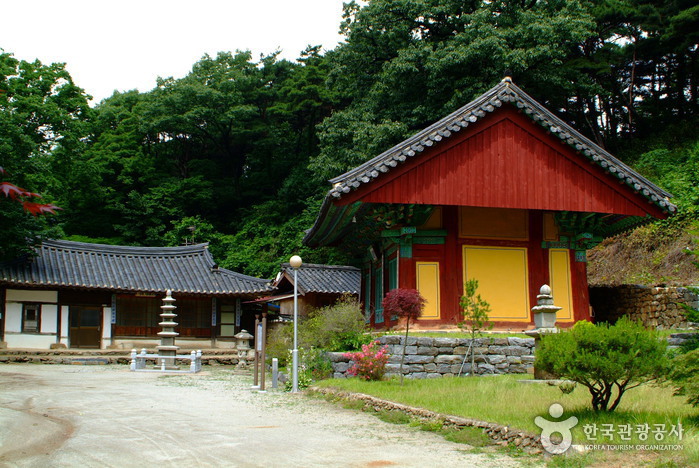

![Lotte Himart - Seosan Lotte Mart Branch [Tax Refund Shop] (롯데하이마트 서산롯데마트점)](http://tong.visitkorea.or.kr/cms/resource/29/2883329_image2_1.jpg)
![Lotte Mart - Seosan Branch [Tax Refund Shop] (롯데마트 서산점 [사후면세점])](http://tong.visitkorea.or.kr/cms/resource/26/2883326_image2_1.jpg)
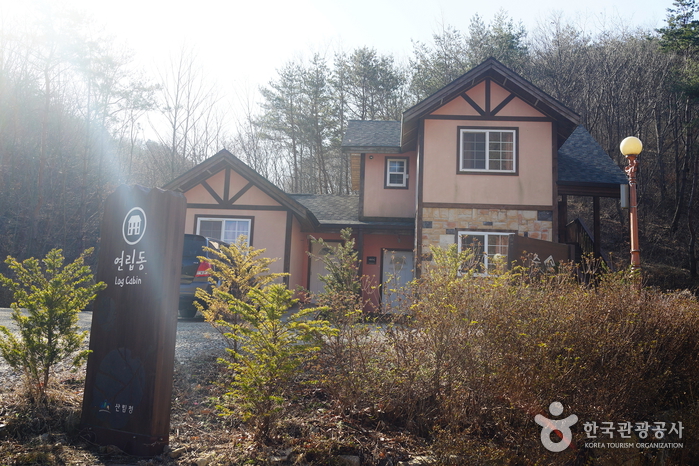
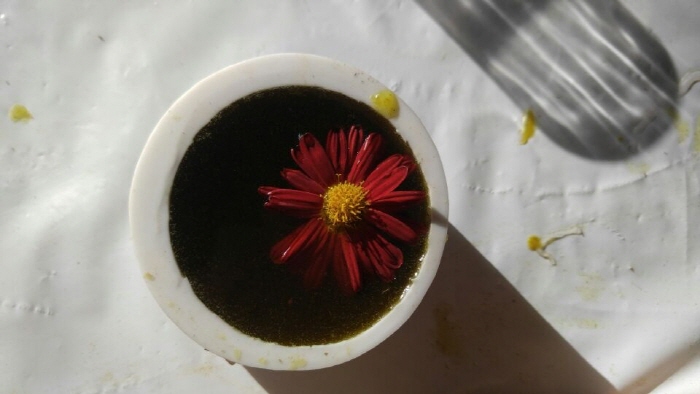
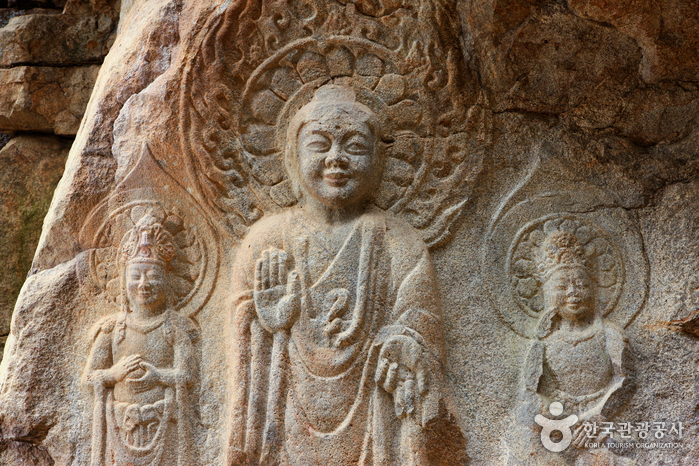
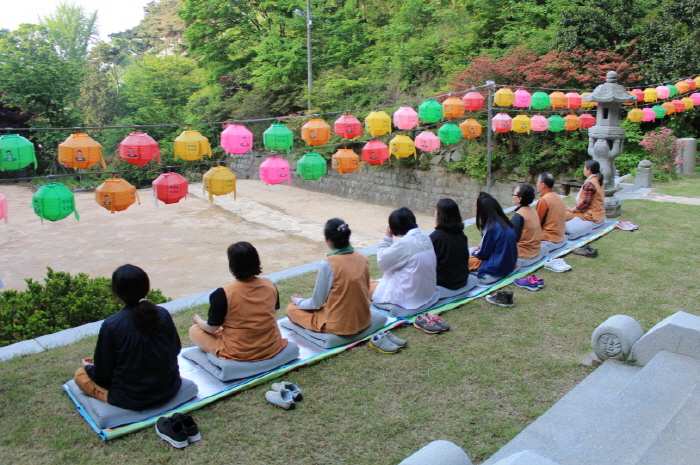
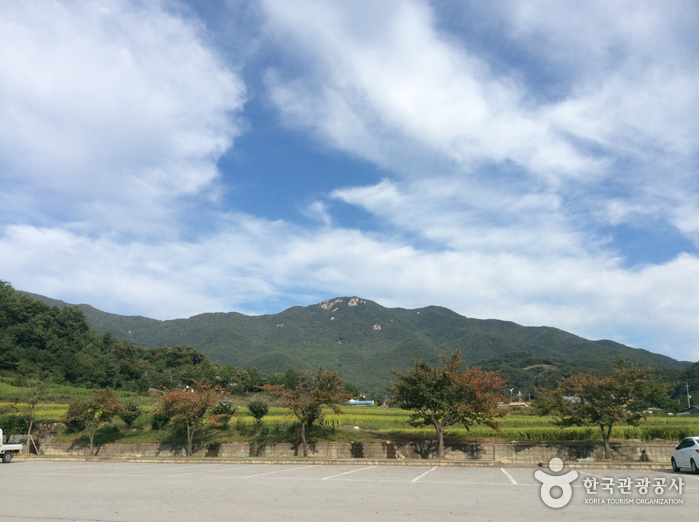
 English
English
 한국어
한국어 日本語
日本語 中文(简体)
中文(简体) Deutsch
Deutsch Français
Français Español
Español Русский
Русский